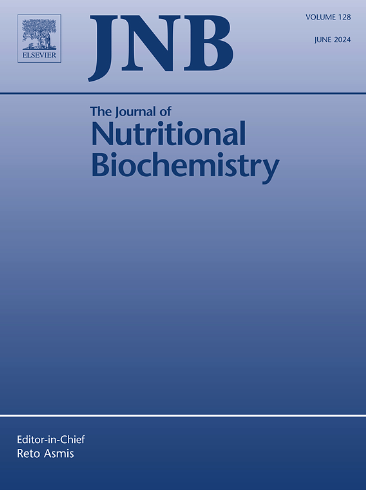Landscapes of maternal and neonatal gut microbiome and plasma metabolome signatures and their interaction in gestational diabetes mellitus
Abstract
Gestational diabetes mellitus (GDM) is prevalent among pregnant individuals and is linked to increased risks for both mothers and fetuses. Although GDM is known to cause disruptions in gut microbiota and metabolites, their potential transmission to the fetus has not been fully explored. This study aimed to characterize the similarities in microbial and metabolic signatures between mothers with GDM and their neonates as well as the interactions between these signatures. This study included 89 maternal-neonate pairs (44 in the GDM group and 45 in the normoglycemic group). We utilized 16S rRNA gene sequencing and untargeted metabolomics to analyze the gut microbiota and plasma metabolomics of mothers and neonates. Integrative analyses were performed to elucidate the interactions between these omics. Distinct microbial and metabolic signatures were observed in GDM mothers and their neonates compared to those in the normoglycemic group. Fourteen genera showed similar alterations across both groups. Metabolites linked to glucose, lipid, and energy metabolism were differentially influenced in GDM, with similar trends observed in both mothers and neonates in the GDM group. Network analysis indicated significant associations between Qipengyuania and metabolites related to bile acid metabolism in mothers and newborns. Furthermore, we observed a significant correlation between several genera and metabolites and clinical phenotypes in normoglycemic mothers and newborns, but these correlations were disrupted in the GDM group. Our findings suggest that GDM consistently affects both the microbiota and metabolome in mothers and neonates, thus elucidating the mechanism underlying metabolic transmission across generations. These insights contribute to knowledge regarding the multiomics interactions in GDM and underscore the need to further investigate the prenatal environmental impacts on offspring metabolism.

 求助内容:
求助内容: 应助结果提醒方式:
应助结果提醒方式:


